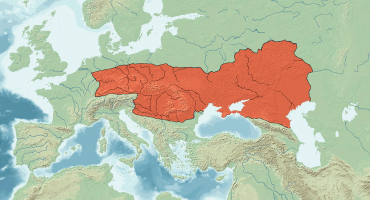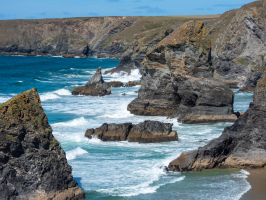Top 10 Questions from History that Historians Can't Answer
Studying history is like attempting to read a book with 50 distinct languages, 10 of which are no longer in use, and with half the pages missing. In other ... read more...words, to put it mildly, there will be some gaps. Some of those gaps are filled as historians continue their research, but there are always many more that will keep them up at night. Here are some Questions from History that Historians Can't Answer.
-
The ruins of the Minoan Civilization were found by archaeologists working on Greek islands in the Aegean Sea more than a century ago. They discovered that the Minoans weren't simply any old people, but rather the first completely developed civilization in Europe as they continued their exploration. They possessed a writing system, exquisite art, enormous palaces, and even plumbing by 1800 BC. The Minoans were at the forefront of civilisation in Europe, but by the middle of the 15th century BC, they had begun to endure a severe decline that ultimately brought about the demise of their entire society. This raised the question, "What led to the decline of the Minoan Civilization?"
Thera Island, or Santorini as we now refer to it, saw a cataclysmic volcanic eruption that was long thought to be the cause. However, it was later revealed by archaeologists that Minoan life continued after that, indicating that there must have been another reason. Others have maintained that the eruption also brought about significant tsunamis that devastated the islands and that it changed the climate, causing years and years of chilly, rainy summers that resulted in poor crops.
There is no question that the volcano erupted, but some academics contend that a significant earthquake caused the Minoan palaces to collapse. A fourth theory, however, contends that the Minoans' civilisation was destroyed by mainland Greek invasions, particularly those led by the Mycenaeans, and not by forces of nature. The first truly great civilization in Europe may have been brought down by one of these factors alone or by a combination of factors.
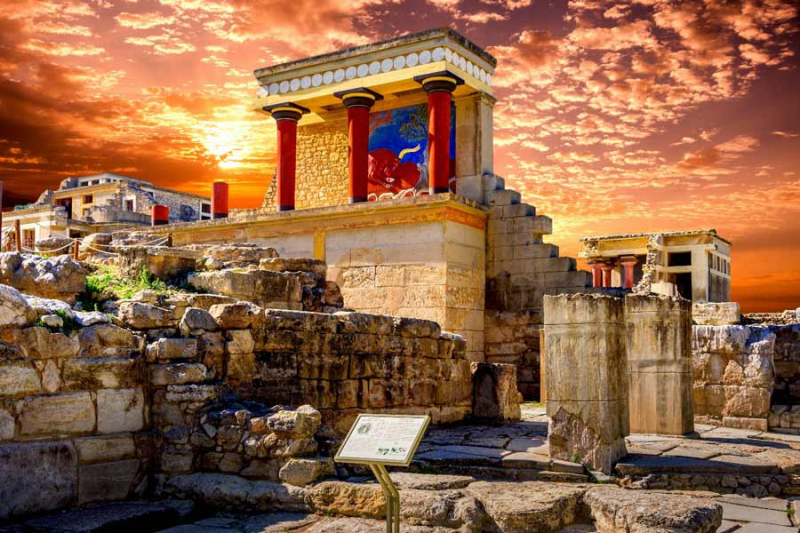
https://www.google.com/ 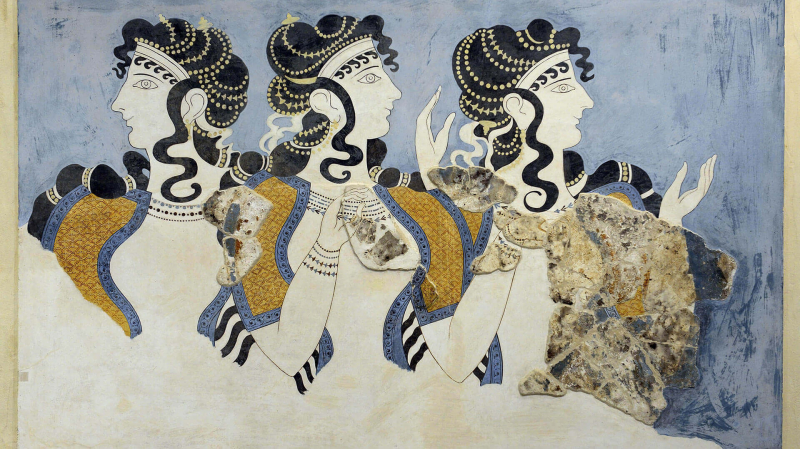
https://www.google.com/ -
Queen of England and King Henry VIII's second wife was Anne Boleyn. One of the key architects of the English Reformation, which saw the Church of England reject papal supremacy, was the king's senior minister Thomas Cromwell. Their alliance quickly deteriorated after they initially formed it, and it was abruptly ended when Anne Boleyn was put to death for treason. But did Cromwell mastermind the scheme to depose the queen, or did he merely execute the king's orders?
Three years into her reign as queen in 1536, Anne Boleyn had lost the king's favor due to her inability to bear him a son. Despite the fact that they were formerly close allies, she was also on bad terms with Thomas Cromwell because of their opposing ideas. Henry's first marriage was engineered to be dissolved so that he could marry Anne Boleyn, and in exchange, she appointed Cromwell as her right-hand man. However, Thomas Cromwell gathered proof that Anne had been having affairs with various men, including her own brother, in 1536. On May 19, 1536, she was judged guilty and put to death, opening the door for Henry VIII to wed Jane Seymour a few days later.
The majority of the evidence used against Anne Boleyn was without a doubt either fabricated or obtained by torture, although historians disagree as to what role Thomas Cromwell played in obtaining that proof. He either deceived the king and hatched a plot to eliminate a political rival, or he followed Henry's instructions all along.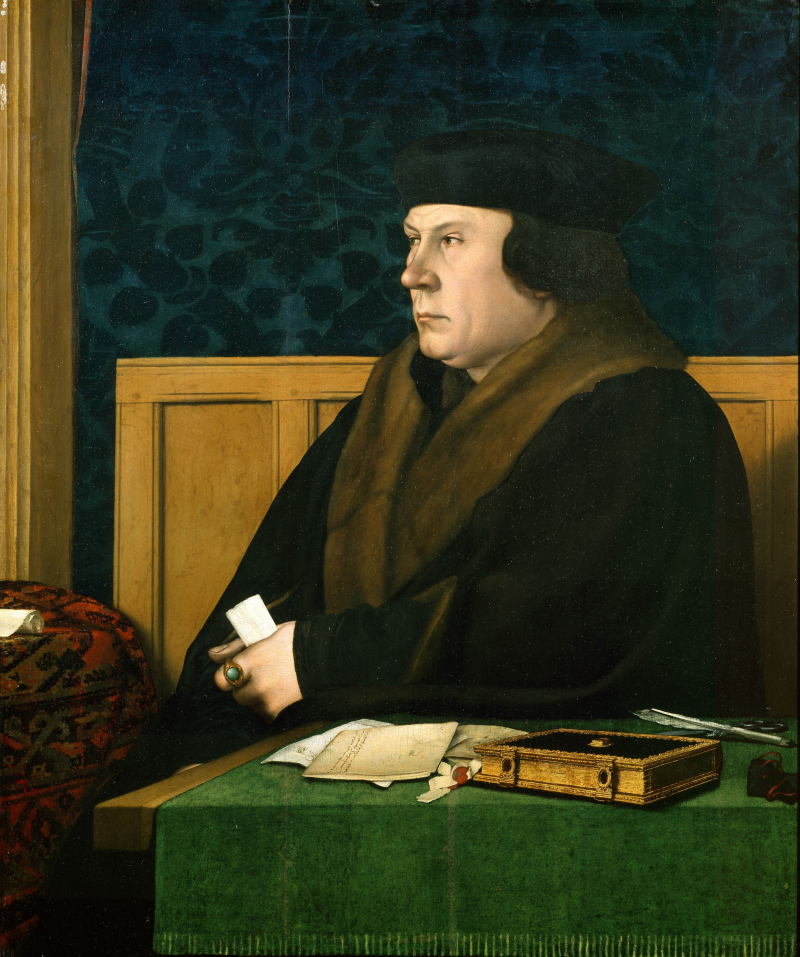
https://www.google.com/ 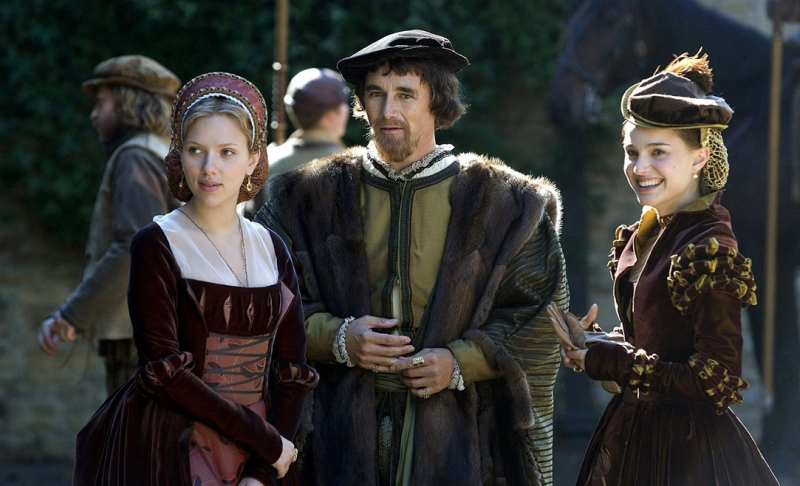
https://www.google.com/ -
We should bring up the Lin Biao incident while we're discussing unexplained airline crashes.
General Lin Biao was instrumental in the communists' victory and Mao Zedong's ascent to power during the Chinese Communist Revolution of the 1940s. Throughout Mao's rule, he remained significant, and in 1969, he was chosen to be Mao's successor. But Lin Biao and his family were murdered in a plane crash over Mongolia on September 13, 1971, therefore he was never given the chance to assume power.
The Chinese authorities first kept quiet about Lin's passing. The official narrative, according to which Lin Biao perished while escaping to the Soviet Union during a botched coup and assassination attempt against Mao Zedong, was not presented until the summer of 1972. Unsurprisingly, few individuals were persuaded by the tale.
The Soviet Union also sent spies to inspect the crash site in secret, but because they were also not keen on disclosure, their findings were kept under wraps until the end of the Cold War. They didn't confirm that Lin Biao was truly one of the victims of the trip until the 1990s, putting a stop to claims that Mao had him secretly executed or imprisoned before the jet even took off. All further information regarding the incident involving Lin Biao and the precise circumstances of his demise, however, is still unknown.
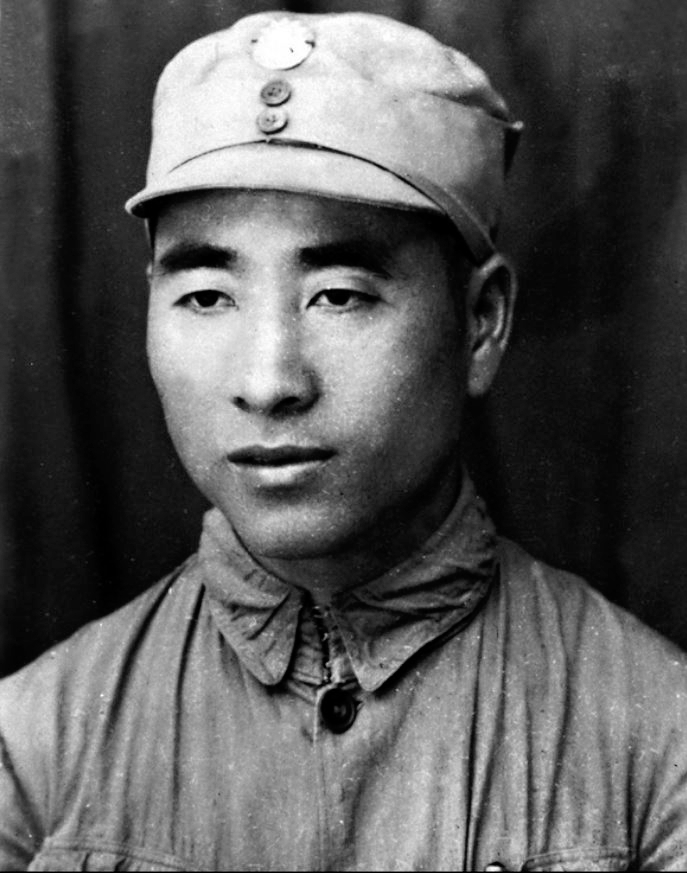
https://www.google.com/ 
https://www.google.com/ -
When he oversaw the first voyage to the South Pole in 1911, the Norwegian explorer Roald Amundsen established his legacy. But that wasn't his first or last perilous expedition. Along with Italian aeronautical engineer Umberto Nobile and their American financier Lincoln Ellsworth, he flew over the North Pole in a dirigible in 1926.
Following their flight, Amundsen and Nobile fell out, which sparked a public dispute over who should have been in charge of the expedition. The two of them developed a rivalry, but Amundsen put an end to it in 1928 when he learned that Nobile had crashed his airship, the Italia, while scouring the Arctic. In order to help with the rescue operations, Roald Amundsen and a French crew departed Troms on a Latham 47 floatplane on June 18, 1928. They vanished without a trace.
Everyone agrees that the jet crashed somewhere over the Barents Sea, killing everyone on board, but the exact location and cause are unknown. Although there are occasionally new searches, neither the bodies nor the wreckage have been found. The most recent one took place in 2009 when a crew unsuccessfully searched 45 square miles of the seafloor for the plane disaster using an underwater robot.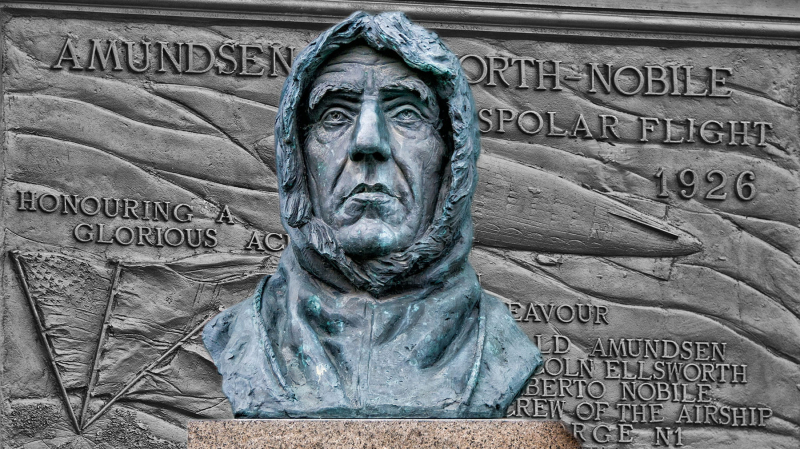
https://www.google.com/ 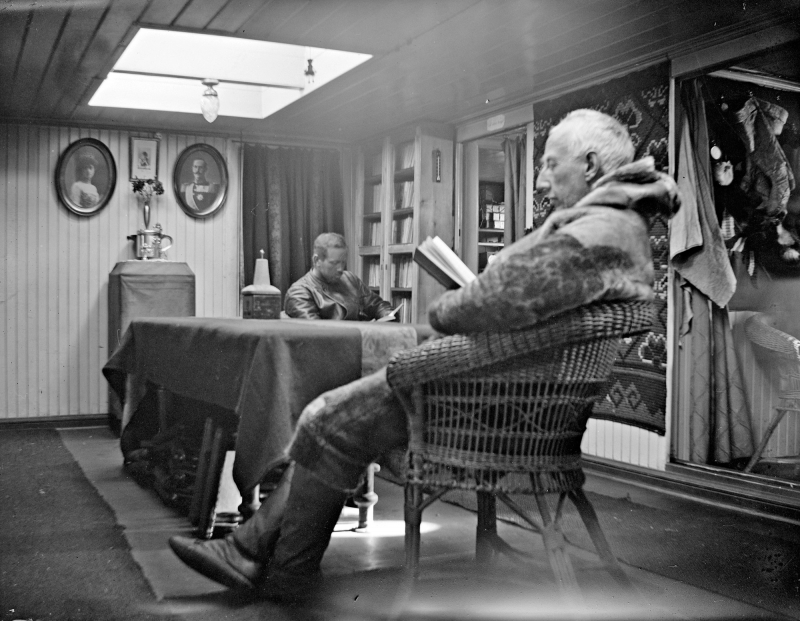
https://www.google.com/ -
Japan has its own ancient tombs, known as kofun, that date back to the third to the seventh century AD, albeit they are not as well-known as the pyramids. They can vary greatly in size from just a few hundred feet to thousands of feet in length, and some of them have a distinctive keyhole pattern. The biggest one is in the Osaka Prefecture city of Sakai. The main mystery is, "Who is buried inside?" It is known as Daisen Kofun and is more than 1,500 feet long and 1,000 feet wide.
Although no scholar or scientist has ever verified it, the kofun has long been thought to be the ultimate burial site of Emperor Nintoku, the 16th Emperor of Japan who ruled during the 4th century. They have been unable to do so since it is literally against the law for anyone to enter the tomb.
Since the issue involves a royal ancestor, the Imperial Household Agency, the Japanese government entity responsible for managing all matters pertaining to the Imperial Family, has jurisdiction over it. All archaeological exploration has been limited to the perimeter of the moats that encircle the kofun since the 1970s.
However, there have been some developments in that area recently. Archaeologists were permitted by the agency to dig up the moats in 2018 in search of antiquity. Although it hasn't happened yet, there was talk of excavating the mound around 2020. This enigma may be solved in the years to come.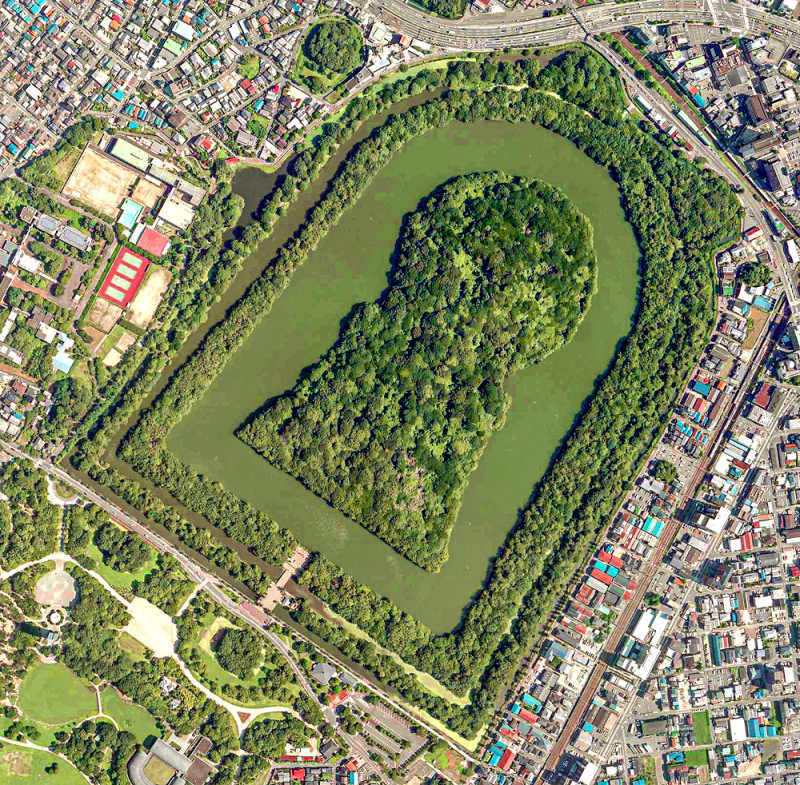
https://www.google.com/ 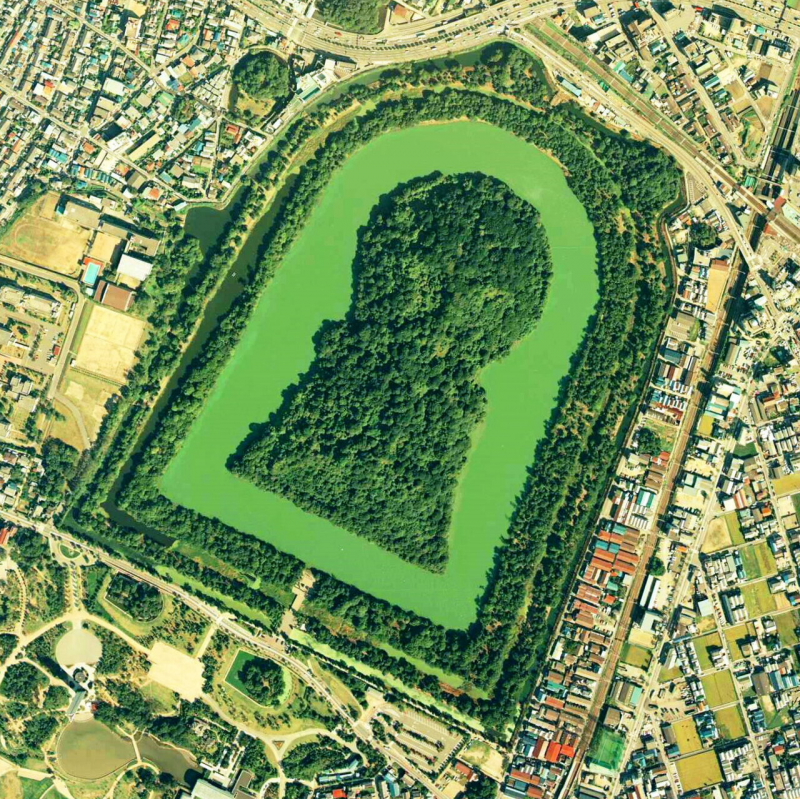
https://www.google.com/ -
The Salem witch trials, a series of prosecutions motivated by fear and superstition that saw hundreds of individuals arrested and twenty of them murdered for witchcraft, are one of the most well-known and infamous occurrences from colonial America's history. The fate of Abigail Williams, the young girl who initiated the whole thing, is one question that hasn't been resolved.
Samuel Parris relocated to Salem, Massachusetts, with his young daughter Betty Parris and her cousin Abigail Williams when he accepted the position of new pastor there in 1689. The Parris household was visited by the local physician in the early months of 1692 when both girls started acting strangely, including convulsing, barking, and speaking in tongues.
Because they exhibited the same signs as a previous, well-known case of witchcraft, the Goodwin family in Boston, the doctor came to the conclusion that they had been possessed. The two girls accused Tituba, the family's slave, who had been detained and put in jail. She then confessed, probably under torture, and even identified two other ladies who had helped her.
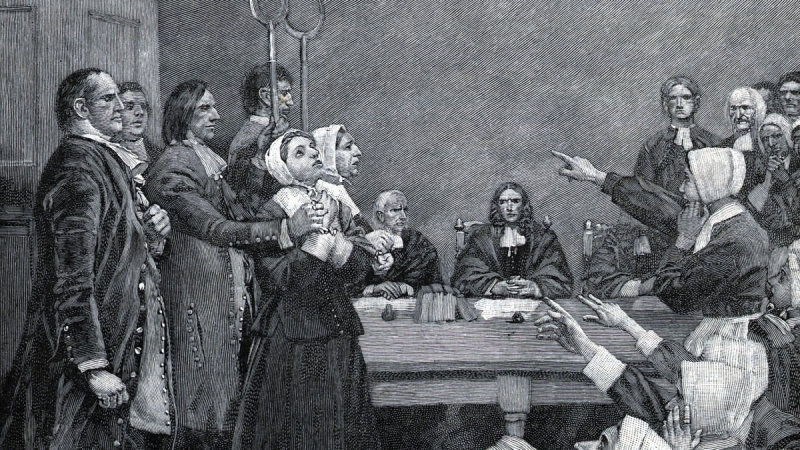
https://www.google.com/ 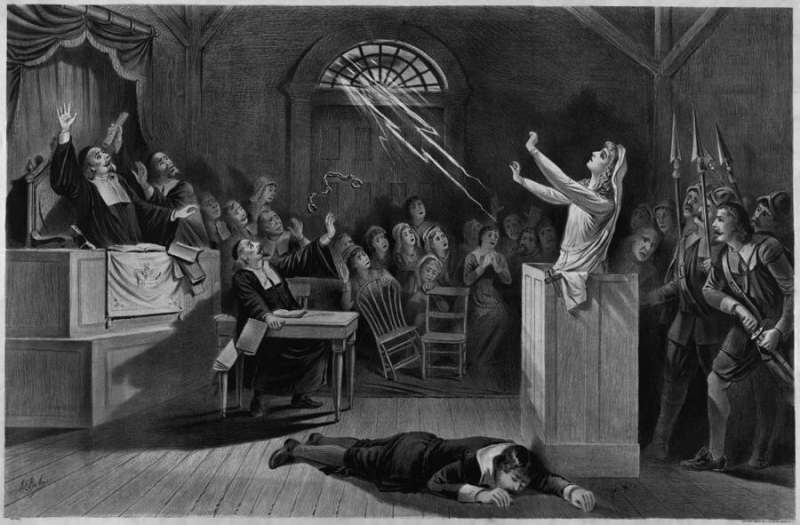
https://www.google.com/ -
Neolithic Europe saw an odd phenomenon at the time: people were burning down their own homes, apparently on purpose, especially in the southeast. New colonies would have been constructed on top of the burned remains of entire villages that would have been instantly set on fire. The purpose and history of this activity, which archaeologists refer to as the "burned home horizon," remain largely unknown.
Although many Neolithic cultures engaged in this practice, the Cucuteni-Trypillia culture, which occupied a sizable portion of modern-day Ukraine, Romania, and Moldova, seems to do it particularly frequently. Why is the key query. There are six plausible theories, and the first two claim that the burns were not intentionally caused. One contends that they occurred accidentally as a result of combustible substances and incendiary activities like cooking, and the other contends that intruders were attacking when they did. But neither can account for the practice's frequency or the fact that bodies were hardly ever discovered inside the burned-out homes.
The other four ideas all suggest that the burned house horizon was a purposefully created event. One archaeologist hypothesized that the dwellings were torched to harden the clay used for the walls, increasing their water resistance. Another person believed it to be a method of fumigating the villages to get rid of pests and vermin. It might have been done as a religious ritual, symbolically ending the life cycle of the house, or it might have been done merely to recycle old materials and make space.
https://www.google.com/ 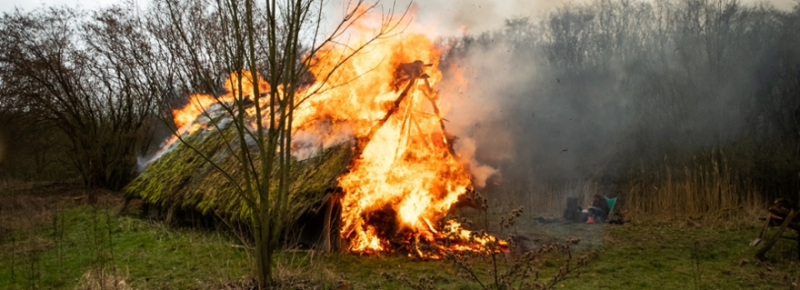
https://www.google.com/ -
A 15th-century adventurer named Joo Vaz Corte-Real set sail for the Portuguese Crown and was rewarded with high-ranking positions in the Azores Islands. Gaspar, Miguel, and Vasco Aes, three of his sons, all went on to become explorers.
For King Manuel I of Portugal, Gaspar Corte-Real sailed in 1500 to explore the North Atlantic. He arrived at Greenland, but was unable to land due to the thick ice. Gaspar embarked on another journey the next year, this time with three caravels. Once more, ice blocked his path, so he shifted directions and eventually landed on another country "where pine trees and wild berries thrived," which is typically thought to be Newfoundland, but the precise location is unknown.
With the intention of enslaving them, he discovered Indians and seized about 50 of them, but he never returned to Portugal. The other two caravelles came back, but Gaspar Corte-caravelle Real's vanished without a trace.
In 1502, Miguel Corte-Real, his brother, also set out on a rescue mission with three ships. When they arrived at the shores where Gaspar had landed, they divided into search groups and decided to reassemble at a certain location. However, the same thing occurred this time: the other two caravels returned, but the one carrying Miguel Corte-Real went missing.
The third brother actually made an attempt to launch his own rescue operation, but the king prevented him from traveling on any additional ships that were sent. The brothers Corte-whereabouts Real's are still unknown.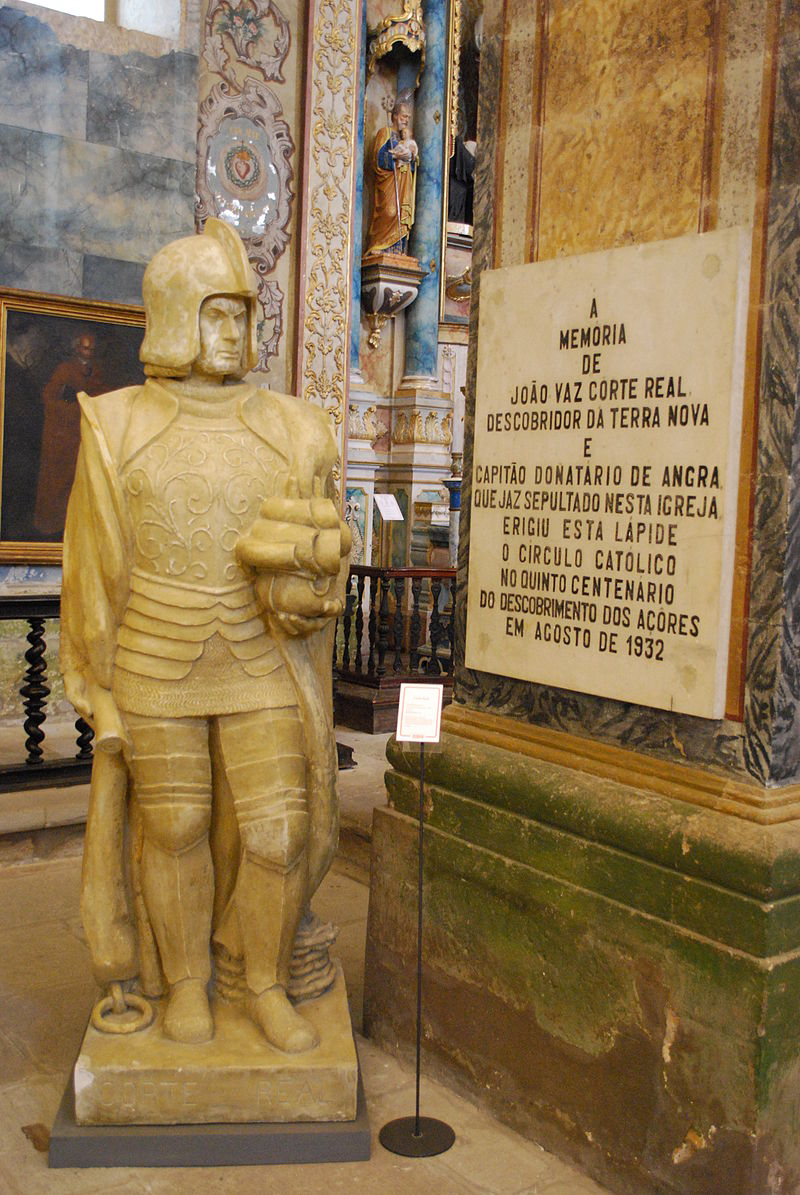
https://www.google.com/ 
https://www.google.com/ -
For the residents of Devon who lived close to the River Exe, February 8, 1855, was a chilly and snowy winter night. The area was blanketed in a heavy layer of snow when they woke up in the morning, but there was something else that aroused a great deal of curiosity, worry, and even panic. Many of the superstitious inhabitants quickly attributed the trails of marks in the snow that resembled cloven hooves to the devil.
According to The Times, a bipedal species, not a quadruped, left the traces, which appeared to have walked through walls and haystacks, over rooftops, and even across a river. Badgers and a kangaroo that escaped from a private zoo were two potential offenders. A alternative account said that the traces were actually made by the hoof prints of an experimental balloon that had been released from the Davenport Dockyard and had wandered over the landscape. But we are still unable to come to a firm conclusion.
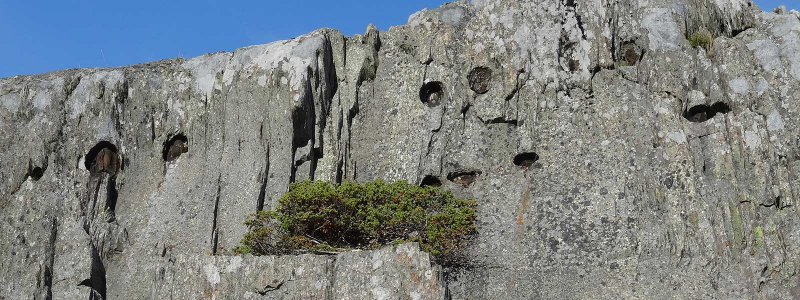
https://www.google.com/ 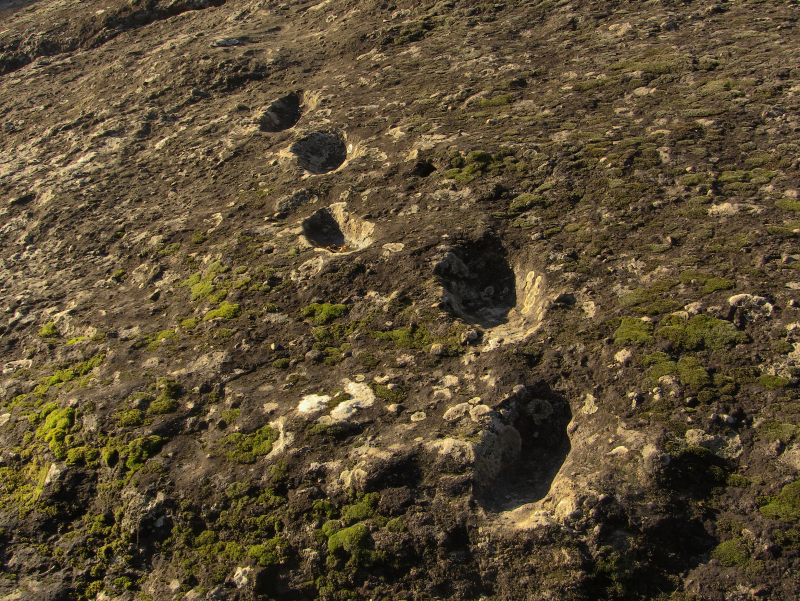
https://www.google.com/ -
One of the most well-known historical personalities from antiquity is Cleopatra, yet it is unknown where she is buried. Roman sources claim that after being defeated by Octavian at the Battle of Alexandria, she and her lover, Mark Antony, both killed themselves; however, Cleopatra did so only after learning that Octavian intended to display her as a prize during his Roman victory. Octavian then permitted the couples' interment together, but Antony might have been burnt rather than mummified.
The information we know from prehistoric sources ends there. The exact location of the tomb is still up for controversy in the present era. Some Egyptologists believe that Alexandria, the most obvious response, is the correct one, but in recent years, interest in the ruins of an ancient city called Taposiris Magna, which once housed a sizable temple devoted to Osiris, has increased.
Taposiris Magna has so far seen the discovery of dozens of tombs as well as a few mummies. A pair of male and female mummies that had been interred together and were completely coated in gold leaf were of particular interest. They weren't Cleopatra and Mark Antony, but they were undoubtedly prominent members of Egyptian society. But more importantly, they demonstrated that Taposiris Magna was an important city in Cleopatra's day and might have been the site of her tomb.
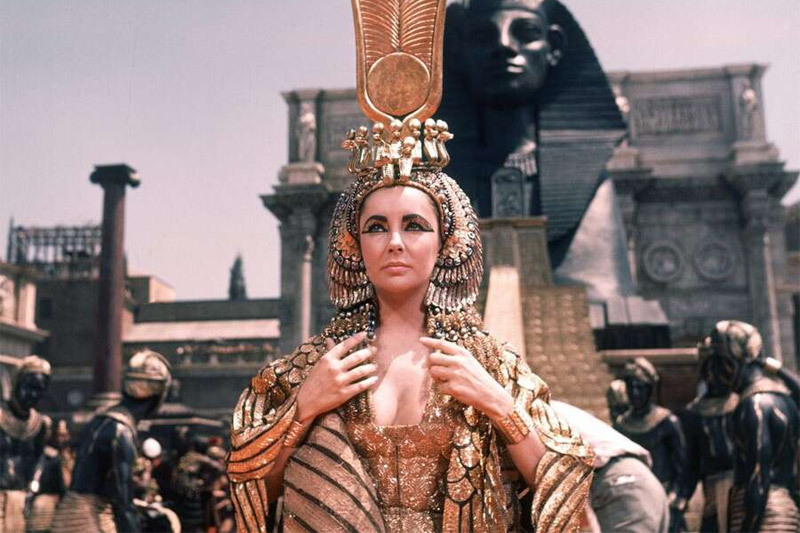
https://www.google.com/ 
https://www.google.com/












